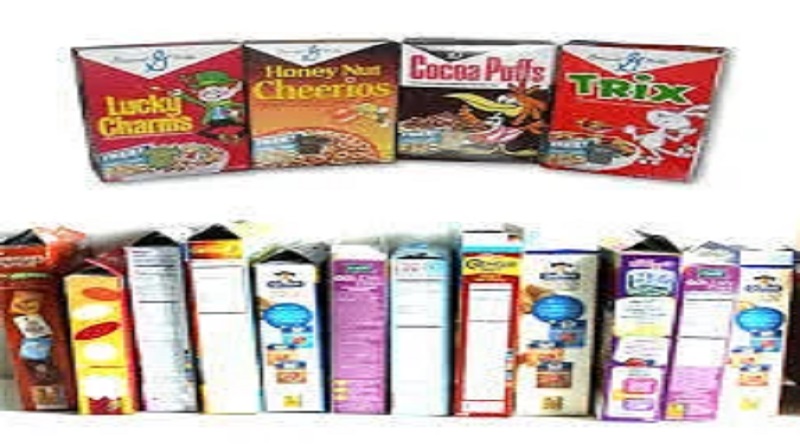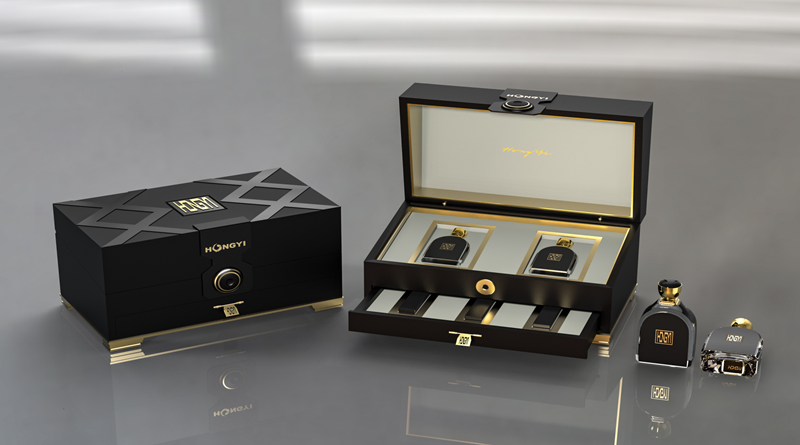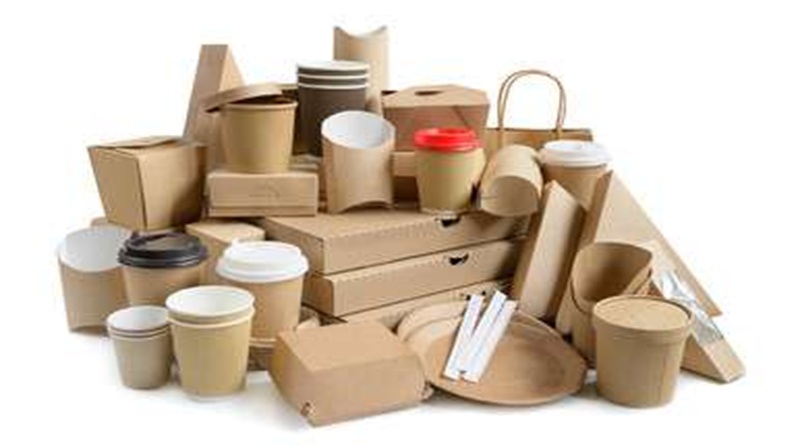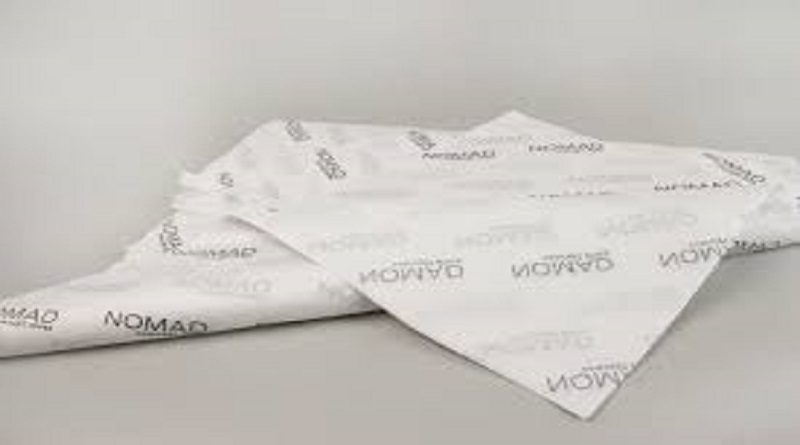Custom cereal boxes are more than packaging itself in the real m fast-moving consumer goods: it is a brand ambassador. Your packaging can make the difference between a sale and a lost sale on the grocery shelf or on the internet store. However, the case is different from other companies that deal in diverse product lines or those expanding into other marketplaces, as it becomes hard to maintain the uniformity of these boxes.
Such things as the matching of color and logo positioning, structural stability, and final finishing, even small tendencies of variation, will diffuse the brand’s life. Custom packaging of the cereals leads to trust, recognition, and better marketing outcomes when the packaging of the cereals is similar. In this article, we will learn how to ensure consistency between all of your custom cereal boxes and batches.
Standardize Elements of Design
The first thing in creating a consistent Cereal Box manufacturers is cohesive branding. This involves the identity of like placement of the logo, the color scheme, fonts, and the use of graphics on all the SKUs. Making a detailed brand style guide will make it guarantee that any designer or supplier will be able to recreate your visual identity in an exact manner. It is particularly crucial to the brands that use several products or serve various regions. Having centralized control over the branding assets will prevent between-product differences and will keep your cereal boxes visually similar, in spite of being produced using various sources or being created in different batches.
Pick High-Res Template
The accuracy of printing is largely determined by the original files used. When low-resolution templates are used, it may cause logos to become blurry, text to be jagged, or color to change. Begin with high-resolution dielines that fit your cereal box sizes (highly recommended in case of custom-printed real boxes, with complicated graphics or cutouts). Templates are to have safe zones, trim lines, and bleed areas. When all the design files are saved as CMYK and vector files, you can be sure your finished print is what you have signed off on, greatly reducing error and batch-to-batch variations.
Select Quality Producers
Choosing a reliable supplier is one of the most vital options when it comes to consistency in the area of packaging. The quality assurance checks, including the tools, would be available in a professional cereal box manufacturing company. Seek businesses that provide image match, offset, or digital printing, can offer proofing, and have experience in offsetting wholesale cereal boxes. Smooth production processes start with the partner who cares about establishing a partnership, accuracy, interaction, and customer satisfaction. To confirm the result, some production samples should be requested prior to making big orders.
Introduce Quality Checks in Batches
Best systems notwithstanding, there could be some production errors at times. Ongoing and post-manufacturing quality inspections will also allow the detection of inconsistencies early. Test prints by using batch testing to test alignment, uniformity of color, accuracy of cutting, and fold mechanisms, particularly structural components such as auto lock boxes. To keep things in order, it is best to make a checklist that conforms to your specifications. Review customer feedback to improve quality assurance over time; do periodic audits with the packaging partner to perfect over time.
Digital Asset Archives
One of the most frequent reasons for inconsistency is the mismanagement of files. Have a central version-controlled repository of all artwork and deadlines, as well as proofs. The assets should be labeled in a manner that makes it easier to identify the version number and history of usage. Under this system, your team and other vendors outside your company will be able to access and use the right file when it becomes necessary, particularly when zeroing in on older boxes or initiating reorders. In case of discrepancies, traceability also occurs through proper archiving; this can be completed faster and with increased accountability.
Stable Material Supply
Depending on the supplier, the different materials used to package the product may have varying effects on the color reproduction, strength of the box, and looks. It doesn’t matter whether you are using pastelly recycled cardboard, gloss-coated stock, or matte kraft finishes; the same quality and thickness of the paper should be maintained in all the batches. Minor changes in texture may also threaten the absorbency of ink, causing irregular tones in your print cereal boxes. Be able to effectively communicate the material specification to your manufacturer, and ask in writing so that there will be consistency in each production series.
Color and Ink Calibration
The problem of color control is quite often, especially in cases where multiple printers do the work. Your artwork files should be formatted to use Pantone Matching System (PMS) or digital CMYK values. This should also be in your style guide. Ask for physical proofs or computer drawings before mass production in order to compare the color. Such values are often matched through the calibration of machines so as to achieve professional printers regularly, make sure that your vendor is using the latest color profiles and testing tools against which brand tones are matched precisely across all the cereal boxes.
Scalable Printing Plan
As your business expands, your packaging needs will expand as well, including the number of items that you may require and the required variety. The desire to scale should be anticipated by collaborating with a supplier who can provide Custom packaging boxes cartons wholesale and deliver the same results regularly. This involves the scope to print various SKUs concurrently, but using a standard design. One might consider the investment in modular box designs that adjust to flavours or types of products being sold, but preserve similar visual attractions. The early plan of growth reduces the chances of discrepancies in growth.
Conclusion
The need to have consistency in cereal boxes is not merely visual in a way but to have something that can be relied upon and recognized as a brand. Whether it is to release one product or a range of variety of cereal products, all the boxes should look, feel, and work the same.
However, it is possible to overcome the usual problem of inconsistency in packaging by ensuring that there is congruency of design, identifying your suppliers and contracting reliable partners, putting quality controls in place, and handling the digital assets accordingly. Homogeneity in the packaging, ass asl as quality packaging, reaffirms trust in a competitive retail environment as well as increases consumer loyalty to shelves.




